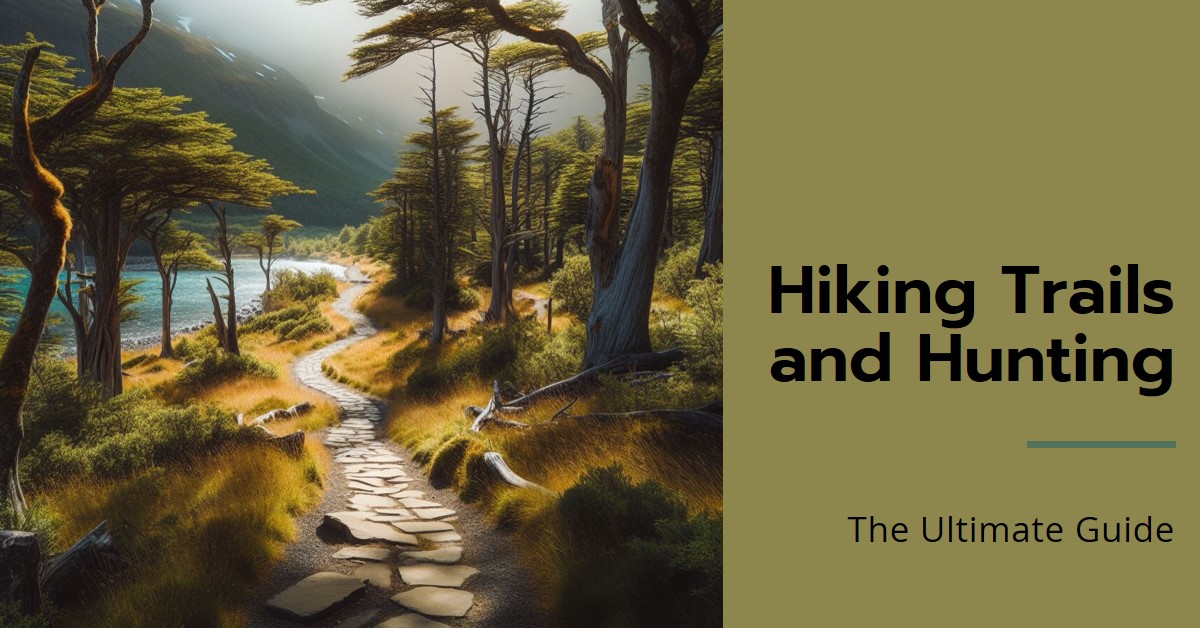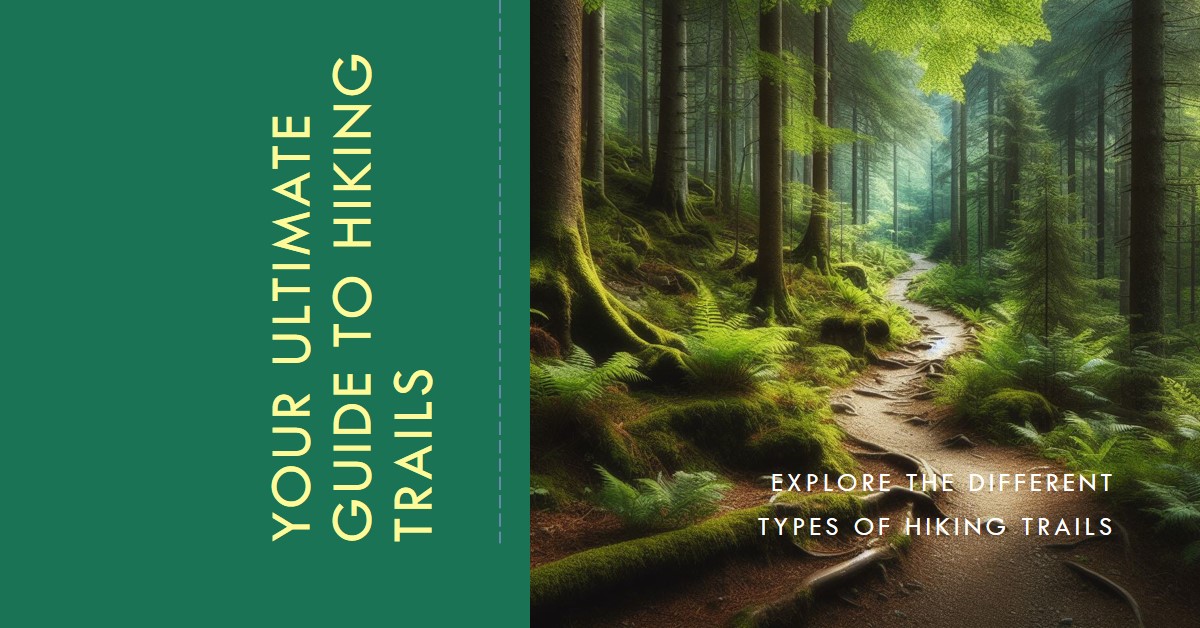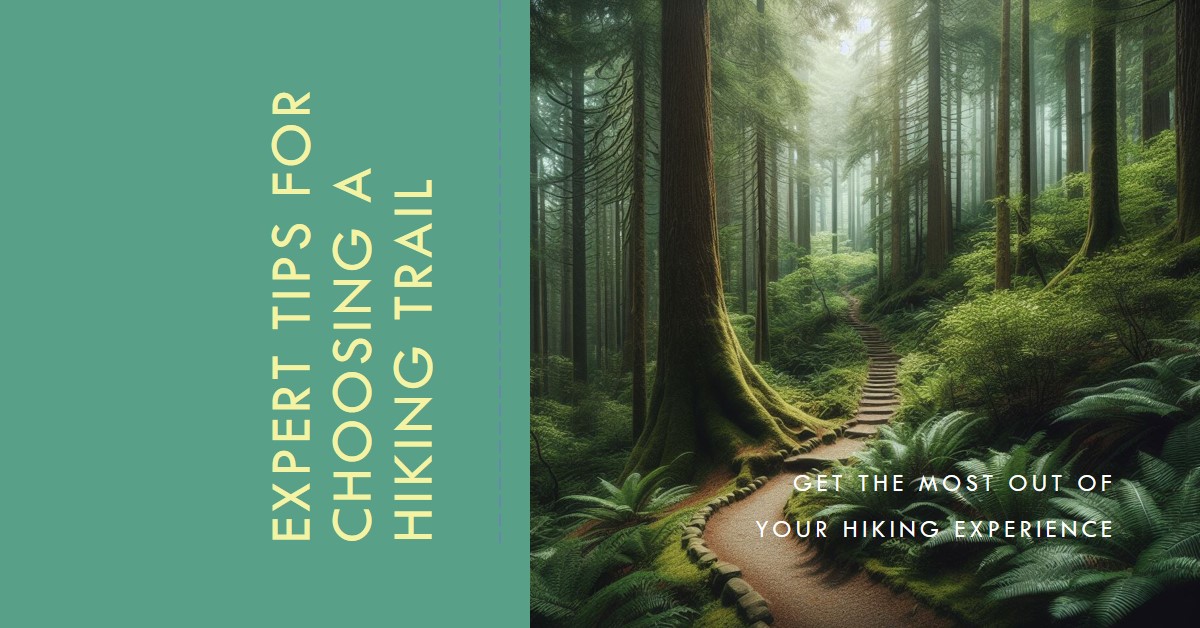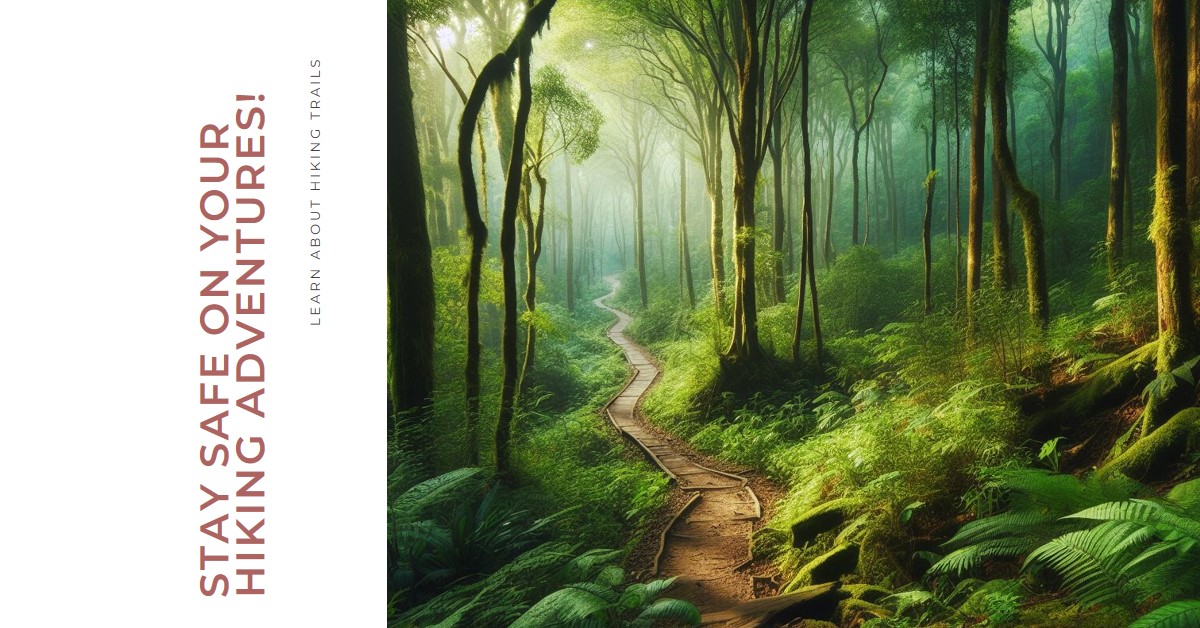Explore the thrilling world of hunting photography and learn how to capture breathtaking moments from your hunting outings. Discover expert tips, equipment recommendations, and techniques to elevate your hunting photography skills.
Hunting photography is an exhilarating and rewarding pursuit that allows you to capture the beauty and excitement of outdoor adventures. Whether you’re an avid hunter or a photography enthusiast looking to document the thrill of the hunt, this article will provide valuable insights, tips, and techniques to enhance your hunting photography skills.
From choosing the right equipment to mastering composition and lighting, let’s dive into the captivating world of hunting photography and learn how to create stunning images that tell a compelling story.
Table of Contents
Preserving Memories and Building Connections through Hunting Photography
Hunting photography is important during hunting outings, as it serves multiple purposes and benefits individuals and the hunting community. Here are some key reasons why hunting photography is essential:
Preserving Memories
Hunting photography allows hunters to capture and preserve cherished memories from their outings. These photographs become tangible reminders of the experiences, emotions, and achievements associated with hunting. Whether it’s capturing the excitement of a successful hunt, the camaraderie among fellow hunters, or the beauty of the natural surroundings, these photos help preserve and relive the moments for years to come.
Sharing Experiences
Photographs are powerful storytelling tools. By sharing hunting photos with friends, family, and the broader hunting community, hunters can convey the essence and thrill of their outings. These images offer a glimpse into the adventure, the landscapes, the wildlife encounters, and the skills involved in hunting. Sharing hunting photography fosters a sense of community, inspires others, and allows for the celebration of hunting traditions.
Promoting Conservation and Education
Hunting photography has the potential to educate and raise awareness about the importance of conservation and sustainable hunting practices. By capturing images of wildlife in their natural habitats, hunters can showcase the beauty and diversity of the natural world. These photographs can help promote a deeper understanding and appreciation for wildlife and their ecosystems, leading to increased support for conservation efforts.
Documenting and Tracking Wildlife
Hunting photography can be a valuable tool for documenting and tracking wildlife populations. By capturing images of different species and their behaviors, hunters can contribute to scientific research, population studies, and habitat assessments. These photographs can provide valuable insights into the health and distribution of wildlife populations, contributing to wildlife management efforts.
Advocating for Hunting
Hunting photography can showcase hunting as a responsible and ethical activity. Capturing images that portray hunters engaging in safe practices, respecting wildlife, and adhering to hunting regulations, helps counter misconceptions and negative stereotypes associated with hunting. Well-documented hunting photography can demonstrate the importance of hunting as a tool for wildlife management, conservation, and sustainable use of natural resources.
Personal Growth and Skill Development
Engaging in hunting photography can foster personal growth and skill development. It encourages hunters to sharpen their observation skills, patience, and creativity. It pushes them to explore different techniques, experiment with composition and lighting, and continuously improve their photography skills. Pursuing compelling hunting photos can enhance the overall hunting experience, allowing hunters to immerse themselves more fully in the natural environment.
Hunting photography plays a crucial role during hunting outings by preserving memories, sharing experiences, promoting conservation, documenting wildlife, advocating for hunting, and fostering personal growth. It adds value to the hunting experience and helps cultivate a deeper appreciation for the natural world and the role of hunting within it.
Understanding the Basics of Hunting Photography
When delving into hunting photography, it’s crucial to grasp the basics that will lay the foundation for your success. This section will cover essential aspects to consider before embarking on your hunting photography journey.

Equipment for Hunting Photography
Investing in the right equipment is vital for capturing high-quality hunting photos. Here are some key items to consider:
- Camera: Opt for a DSLR or mirrorless camera with manual controls, allowing you to adjust settings to suit different shooting conditions. Look for a model with good low-light performance and a fast autofocus system.
- Lenses: Telephoto lenses are particularly useful in hunting photography, as they allow you to capture distant subjects clearly. A lens with a focal length of 200mm or higher is recommended for wildlife photography.
- Tripod: A sturdy tripod is essential for keeping your camera stable and minimizing blur, especially when shooting in low light or using long telephoto lenses.
- Accessories: Other useful accessories include extra batteries, memory cards with ample storage capacity, a lens cleaning kit, and a camera bag or backpack for carrying your gear comfortably.
Mastering Camera Settings
Understanding and utilizing your camera settings effectively is crucial for achieving desired results in hunting photography. Consider the following:
- Shutter Speed: Use a fast shutter speed to freeze the motion of animals or hunters in action. Experiment with different speeds to find the optimal setting for capturing sharp images.
- Aperture: Adjust the aperture to control the depth of the field. A wider aperture (lower f-stop number) will create a shallow depth of field, isolating the subject from the background. In comparison, a narrower aperture (higher f-stop number) will increase the depth of field, keeping more of the scene in focus.
- ISO: Adjust the ISO sensitivity to adapt to different lighting conditions. Increase the ISO in low-light situations but be mindful of the potential for increased image noise.
Composition and Framing
Creating visually appealing compositions is key to producing impactful hunting photographs. Consider the following composition techniques:
- Rule of Thirds: Mentally divide your frame into a 3×3 grid and position key elements along the gridlines or intersections to create a balanced and visually pleasing composition.
- Leading Lines: Utilize natural elements such as tree branches, trails, or rivers to guide the viewer’s eye toward the main subject, adding depth and visual interest to your photos.
- Background and Foreground: Pay attention to the elements in the background and foreground of your composition. Ensure they complement the subject and contribute to the overall story you want to convey.
Patience and Observation
Hunting photography requires patience and keen observation skills. Spend time understanding the behavior of wildlife, their habitats, and their patterns. This knowledge will help you anticipate and capture unique moments and interactions between animals, adding depth and storytelling to your photographs.
Ethics and Respect
Always prioritize the well-being and safety of wildlife. Respect their habitats and adhere to ethical guidelines and hunting regulations. Maintain a safe distance to avoid causing distress or disrupting their natural behavior. Remember, responsible hunting photography focuses on conservation and appreciation rather than interference.
By understanding the basics of hunting photography, mastering camera settings, honing your composition skills, and practicing ethical behavior, you’ll be well-prepared to embark on hunting photography adventures and capture stunning images that reflect the beauty and excitement of the outdoors.
Techniques for Capturing Breathtaking Hunting Photos
Capturing breathtaking hunting photos requires technical skills, creativity, and a deep understanding of the subject matter. This section will explore various techniques that can elevate your hunting photography and help you create stunning and captivating images.
Understanding Lighting Conditions
Lighting is a critical element in photography, and understanding how to work with different lighting conditions can significantly impact your hunting photos. Learn to adapt to the available light, whether the soft glow of sunrise or the dramatic play of shadows during sunset. Be patient and observant, as the right lighting can enhance the mood and atmosphere of your images.
Freezing Action and Capturing Motion
Hunting photography often involves fast-paced action, making it crucial to freeze the motion of your subjects. Experiment with different shutter speeds to achieve the desired effect. High-speed photography techniques, such as burst mode or continuous shooting, can help you capture the perfect moment when an animal is in motion.
Ethical Considerations in Hunting Photography
As a hunting photographer, it’s essential to prioritize ethical practices and respect wildlife and their natural habitats. This section discusses guidelines and principles that ensure both the animals’ safety and your photography’s integrity.
Respecting Wildlife and Environment
Maintain a safe distance from wildlife to avoid causing distress or disrupting their natural behavior. Research and follow local regulations and guidelines regarding wildlife protection and conservation. Leave no trace and practice responsible photography by minimizing your environmental impact.
Telling Responsible Stories
Use your hunting photography as a platform to educate and raise awareness about conservation efforts and sustainable hunting practices. Capture images that celebrate the beauty of nature and promote a deeper understanding and appreciation for wildlife and their habitats.
Conclusion
Hunting photography transforms ordinary outings into extraordinary adventures. It is a gateway to capturing the thrill, camaraderie, and natural wonders that unfold during hunting trips. Hunters can create breathtaking images that tell their unique stories through skilled composition, understanding lighting, and capturing action moments.
From preserving memories to promoting conservation, hunting photography has a profound impact. So, grab your camera, immerse yourself in the wild, and let the beauty of your outings unfold through the lens. Embark on your hunting photography journey, and watch as each shutter click captures the essence of your exhilarating outdoor experiences.














